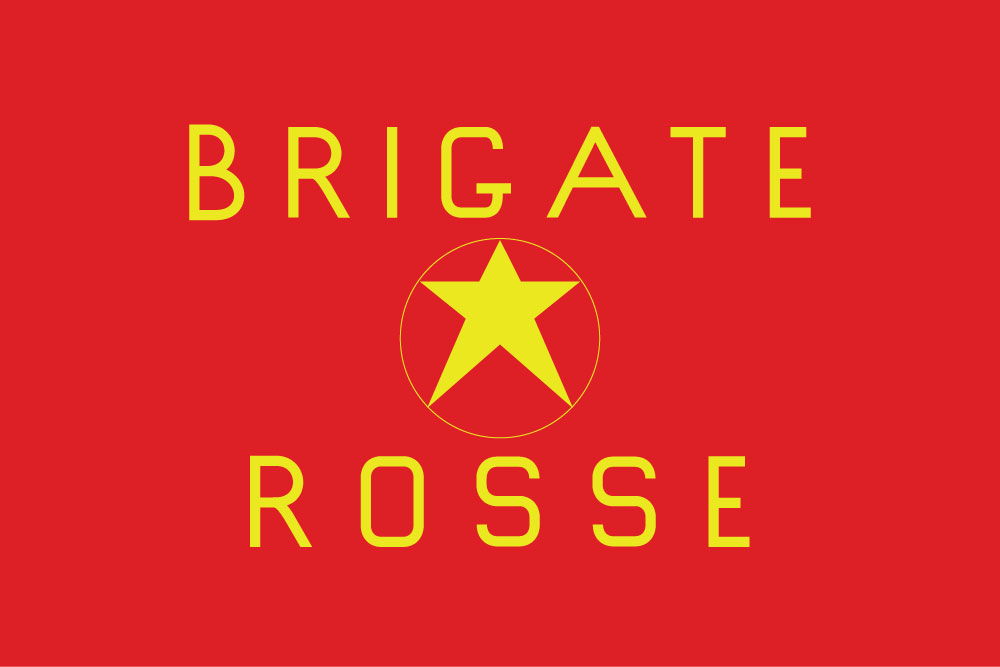
The Red Brigades (Brigate Rosse) emerged in Italy in 1970 amid a climate of social unrest, Cold War tensions and growing worker dissatisfaction.
Founded by far-left militants including Renato Curcio and Margherita Cagol, the group aimed to create a revolutionary state through armed struggle.
The Red Brigades developed within the province-wide student and labor movements that opposed capitalist structures and the perceived imperialist state.
They were ideologically influenced by Marxist-Leninist theory, Maoism and Latin American guerrilla movements, particularly the Tupamaros of Uruguay.
The Red Brigades sought to destroy what they called the “imperialist state of the multinationals,” referring to NATO-aligned Western democracies like Italy.
They viewed traditional political channels as ineffective and aimed to provoke revolution by confronting the state through armed resistance and sabotage.
Their goals included dismantling capitalist economic systems, removing NATO forces from Europe and replacing Italy’s democratic institutions with a dictatorship of the proletariat.
These goals were based on the belief that only armed revolution could awaken the working class and end systemic repression by capitalist and bourgeois forces.
The Red Brigades were organized in a hierarchical yet clandestine structure with secretive cells spread across various Italian provinces rather than cities.
This cell-based format allowed the group to maintain operational security and continue attacks even when individual members were captured or killed.
The group focused on high-profile targets including judges, police, industrialists and journalists whom they viewed as collaborators of capitalist oppression.
Operations included kidnappings, assassinations, bombings and armed robberies used to fund and further their cause across Italy’s most developed regions.
The Red Brigades gained national notoriety during the “Anni di Piombo” or “Years of Lead,” a period marked by intense political violence from the 1970s into the 1980s.
They were responsible for dozens of murders and hundreds of attacks, creating widespread fear and uncertainty throughout Italian provinces and society.
In 1974, they assassinated a judge in Genoa and kidnapped prominent industrialist Vittorio Vallarino Gancia, signaling their move toward more aggressive tactics.
These attacks targeted the very pillars of state power, sparking national security crackdowns and escalating a brutal cycle of violence and repression.
The group’s most infamous act came in 1978 when they kidnapped Aldo Moro, a former Italian Prime Minister and president of the Christian Democracy party.
Moro had been negotiating a historic “historic compromise” between Christian Democrats and the Italian Communist Party, which the Brigades saw as betrayal.
On March 16, 1978, the Red Brigades ambushed Moro’s convoy in Rome, killing five of his bodyguards and taking him to a secret hideout for 55 days.
Despite national outcry and failed negotiation attempts, the group executed Moro on May 9, 1978, shocking Italy and drawing global condemnation.
The killing of Aldo Moro marked a turning point in public perception, transforming the Red Brigades from political insurgents into despised criminals.
The Italian state responded by intensifying anti-terrorism efforts, expanding police powers and passing emergency laws across all provinces and regions.
Law enforcement agencies carried out mass arrests, surveillance operations and infiltrations, weakening the group’s networks and supply chains.
Former militants began cooperating with authorities under new laws offering reduced sentences in exchange for testimony and information.
By the mid-1980s, internal divisions, leadership arrests and dwindling support led to the collapse of the Red Brigades’ provincial and national structure.
Successor factions attempted to revive the movement but never regained the strength or coherence of the original group during the Years of Lead.
In 1984, a key leader testified that the revolution had failed and admitted that violence had only distanced the movement from the Italian working class.
The last known attacks by remnants of the Brigades occurred in the early 2000s but were swiftly contained, and the group is now considered defunct.
The Red Brigades remain a controversial chapter in Italian history, symbolizing both the excesses of ideological fanaticism and the dangers of political extremism.
While some former militants claim to have acted out of genuine revolutionary motives, most Italians remember them as terrorists who brought death and division.
The group’s impact on law enforcement, legal reforms and civil liberties in Italy has been lasting, especially in the provincial struggle against organized violence.
Scholars continue to debate whether the Red Brigades were an isolated phenomenon or a symptom of deeper global ideological confrontations of the 20th century.
The story of the Red Brigades is a warning about how utopian ideals can turn dangerous when driven by violence and ideological rigidity.
Their legacy serves as a stark reminder of how democracy, even when flawed, must be defended against extremism by upholding justice, memory and accountability.
Italy’s response, particularly at the provincial level, helped establish modern counter-terrorism protocols that are still relevant in contemporary global security.
Understanding the Red Brigades is essential not only for Italians but for the world, as it highlights the fragility of peace and the costs of political violence.

More Details